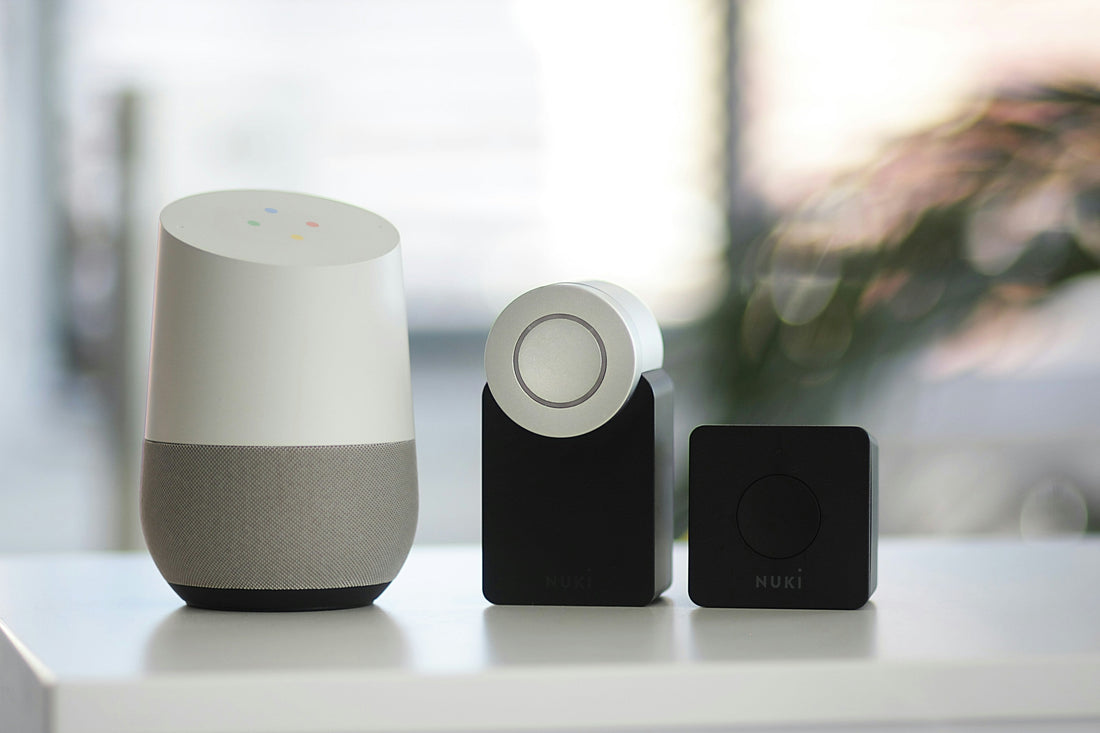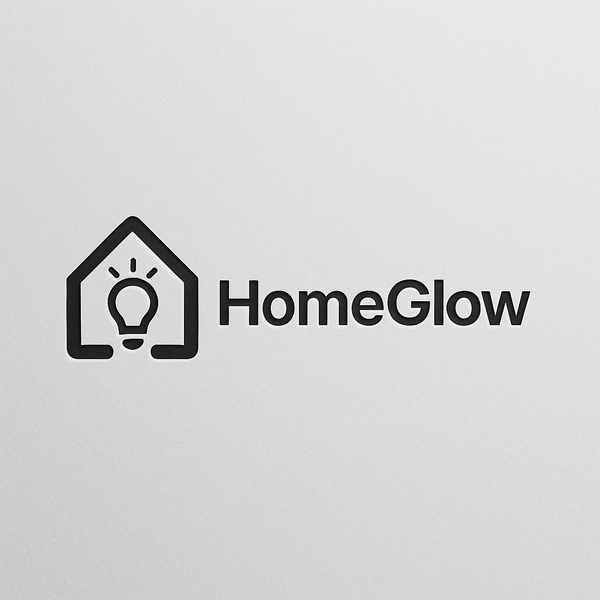
Thinking About Smart Lighting? Here's How Apple HomeKit and Google Home Compare
If you're planning to upgrade your lighting with smart bulbs, you're probably asking: Should I use Apple HomeKit or Google Home? Both platforms offer voice control, automation, and easy setup — but when it comes to smart lighting, the differences matter more than you might think.
In this guide, we’ll compare Apple HomeKit and Google Home specifically for smart lighting setups. We’ll cover compatibility, ease of use, automation, and security — and help you decide which platform fits your needs best.
🔌 1. Device Compatibility
Both Apple HomeKit and Google Home work with a wide range of smart devices, including bulbs, plugs, thermostats, and more. But there’s a key difference:
-
Google Home tends to support a wider range of devices, especially budget brands and third-party apps.
-
Apple HomeKit, however, prioritizes quality and integration. It supports fewer devices overall — but offers tighter, smoother performance with approved ones.
🟢 With the new Matter standard, this gap is shrinking. Both Apple and Google now support Matter, meaning newer smart bulbs (like HomeGlow) will work with either system.
📲 2. Setup & User Experience
-
Google Home uses the Google Home app, available on both Android and iOS. It’s intuitive and user-friendly, but some features vary between platforms.
-
Apple HomeKit is built into Apple’s Home app, available only on iOS. Setup is as easy as scanning a QR code, and devices appear instantly.
If you're an iPhone or iPad user, HomeKit offers a seamless native experience. You can use Siri voice control, automations, and control your lighting directly from your Control Center — no extra apps needed.
🗣️ 3. Voice Control
Both platforms offer excellent voice control options:
-
Google Home uses Google Assistant via Nest devices, Android phones, or Google Home speakers.
-
Apple HomeKit uses Siri through iPhones, iPads, Apple Watches, and HomePods.
Both assistants can turn lights on and off, dim brightness, change colors, and run scenes. However, Siri often feels faster and more natural for iPhone users, especially when paired with a HomePod mini.
Example Siri command:
“Hey Siri, turn on the kitchen lights and set them to warm white.”
🔒 4. Privacy & Security
This is where Apple HomeKit takes the lead.
-
Apple is known for strong privacy policies and local control, which means your commands don’t always need to go through the cloud.
-
Google, while secure, is more data-driven and cloud-reliant — something privacy-conscious users may want to consider.
With HomeKit, all smart lighting data stays encrypted and private, offering peace of mind with every voice command.
⚙️ 5. Automation & Scenes
Both platforms let you create automations — like turning on lights at sunset or creating “Good Night” scenes.
-
Google Home supports automations via routines and schedules, though they can feel limited without deeper app integrations.
-
Apple HomeKit allows more advanced automations, especially when paired with sensors, location triggers, and multiple Apple devices.
With HomeKit, you can create rich, layered scenes like:
-
“Movie Night” — Dim living room lights, turn off hallway bulbs.
-
“Wake Up” — Gradually brighten bedroom lights 30 minutes before your alarm.
-
“Away” — Automatically turn off all lights and alert you if a bulb was left on.
✅ Conclusion: Why HomeKit Wins for Smart Lighting
While both platforms are great, Apple HomeKit shines when it comes to smart lighting — especially for Apple users. It offers:
-
✅ The smoothest, most intuitive setup
-
✅ Seamless Siri voice control
-
✅ Advanced, flexible automations
-
✅ Stronger privacy and security
-
✅ Deep integration with the Apple ecosystem
And with Matter-compatible bulbs like HomeGlow, it’s never been easier to build a future-proof, Apple-ready smart lighting system.
Looking to get started? Check out our HomeGlow smart bulbs — made for HomeKit, powered by Matter, and ready to light your space smarter.
